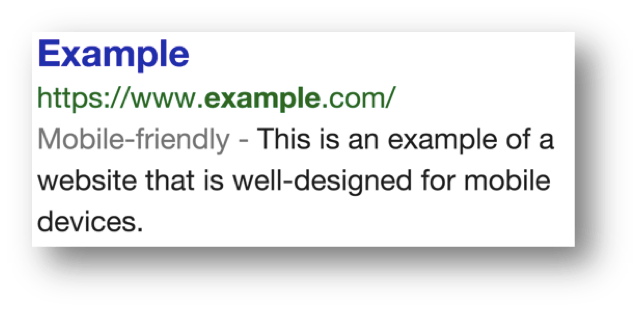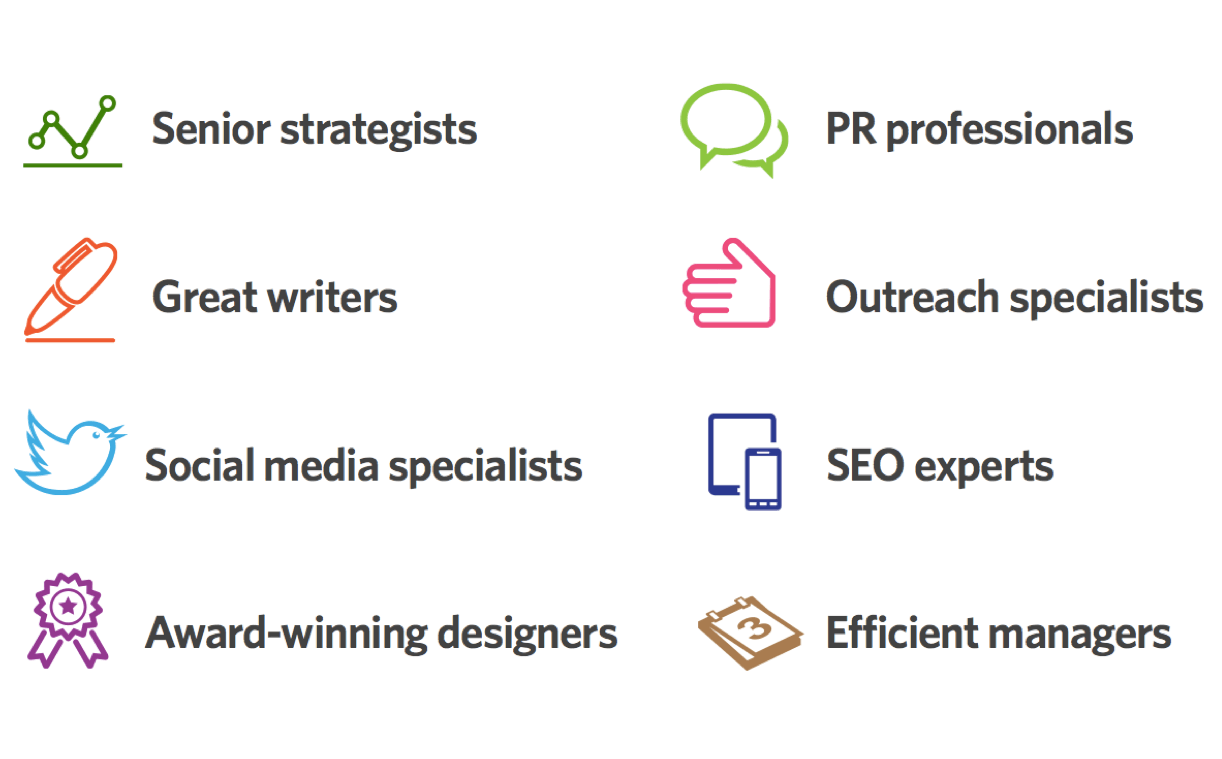As we look back on 2014, we can identify a multitude of changes that have taken place. Some met with joy, but most with a sense of confusion and fear of what is to come. Some subtle trends came into light. But other changes, such as Google’s decision to completely end Google Authorship, were crystal clear.
One thing all of these changes have had in common is that they directly affect all industries and anyone involved a firm’s marketing. Indirectly, they effect everyone. Let’s take a look at five facts every professional services CMO needs to know about SEO as we move into 2015.
1) You Can No Longer Buy Your Way to the Top
Well, let me rephrase that. You can no longer buy your way to the #1 spot in organic search results. This has been said for quite some time now, but will hold true even more in 2015. Buying links from link networks used to be the quickest and easiest way to get your site listed high in organic search rankings. Now, buying links will get you penalized and your search traffic will all but disappear.
This biggest change in 2015 will be how Google updates its ever-changing algorithm. Google’s algorithms will be updated more often and on an ongoing basis. That means that sites buying links will be identified and penalized much more quickly than in the past. Their updates will be rolled out over longer periods of time, making it more difficult to identify what is causing your rankings to drop, if you do in fact see your traffic falling.
In the past, an algorithm update would be rolled out all at once. If you saw a major drop in traffic after that date, you could be fairly certain the algorithm change was the cause and try to make the necessary fixes based on the changes.
2) Mobile Will Continue to Become More Important
Websites need to be responsive. It’s as simple as that. A responsive site will be able to adjust to any screen size, creating a better user experience. More and more buyers of professional services are going online to find and research firms before they ever engage in a conversation with you. As more and more of these same buyers are using their mobile devices in their everyday lives, more of your traffic will come from these devices. If your site is difficult to navigate on a smartphone or tablet, there is a 0% chance that visitor stays on your site very long. And by very long, we’re talking a couple seconds, if that.
Not only is the user’s experience extremely important to keep visitors on your site, but Google recently announced that they are going to include a “Mobile-friendly” label to their mobile search results. A responsive website design will ensure that your site gets this label in search results. What are the chances someone searching for your services sees your site without that label and your competitor’s site with that label and chooses your site instead?

3) SEO is No Longer a Standalone Technical Practice
SEO is all encompassing. It includes content marketing, social media, email marketing, copywriting, research, and the list goes on. The technical side of SEO still matters though, including on-site optimization efforts like proper title tagging, URL structure, etc. These technical efforts are your website’s SEO foundation. And if your website is not properly optimized, all of your other efforts will be negatively effected, and vice versa.
 That being said, the days of going into the back end of a site and inserting hidden keywords are over. There was a time when you could hire someone with some technical SEO background and see an improvement. Insert a ton of keyword-rich anchor text here, buy some links there, and you would see some immediate results.
That being said, the days of going into the back end of a site and inserting hidden keywords are over. There was a time when you could hire someone with some technical SEO background and see an improvement. Insert a ton of keyword-rich anchor text here, buy some links there, and you would see some immediate results.
SEE ALSO: How to Find the Best Keywords for Optimizing Your Website Content
It just doesn’t work that way anymore. Again, this isn’t brand new information for 2015, but there are still those out there that will believe they can hire someone to do a quick-fix work and see immediate results. Be wary of vendors offering SEO services for just a couple hundred dollars. You will waste your money.
4) Good SEO Will Take More Time and More Resources
We just covered why SEO is no longer just a technical practice. So let’s talk a little bit more about what you should be investing your time and resources in to accomplish your SEO goals.
First, the building blocks of your campaign need to include content. Not just any content, but useful, shareable content. This content should come in different forms as well. Blog posts, videos, reports, and books are just a few examples. In order to create this content you will need writers, marketing strategists, and subject matter experts all working together. It sounds like a lot, but that really is just the beginning.

Once you have this great content, you can’t just post it on your website. You have to promote it. And then you have to promote it again. The good news here is that you don’t necessarily have to pay to promote your content, although it can be an effective strategy to combine with free promotion.
You can start on LinkedIn, and more specifically in LinkedIn Groups. There are hundreds of LinkedIn Groups that span across all professional services specializations and topics. From there you can explore Twitter, Google+, YouTube, and the list goes on. All of this brings us to the final point.
5) You Can No Longer Only Care About Your Top Prospects
So, we’ve talked about how you can’t buy links to your site anymore. But, links to your site are still a top ranking factor for search engines. So how are you supposed to get those links? To earn natural links to your site you must influence those people on social networks that will actually amplify your content.
This means they will share it on their networks or link to it from their own sites. Far too often, top level decision makers will be quick to dismiss any traffic to their website that is not “qualified” traffic. The problem with this is that your “qualified” traffic might not exactly be the online “content sharing type.” We see this often in the professional services, as target markets tend to be a bit less tech-savvy overall than those in other industries such hospitality or travel.
Let’s use a quick example. The owner of an engineering consulting firm only cares about the people that are engaging with his firm’s content that could possibly be business prospects. If business prospects are engaging with your content, that is great. But would you consider the editor at Engineeringsite.com to be a prospect? Probably not. But that editor is in charge of linking his high authority domain to yours. That editor is also in charge of featuring content on their site that (guess who?) your prospects love to read everyday.
The SEO landscape is constantly changing and evolving. It will continue to do so in 2015 and beyond. The good news is that Google is starting to reward those firms that create quality content and user experiences for the billions of online searchers. The smart professional services CMO should always be up to date on these changes and adjusting their firm’s strategy accordingly.
Learn more about increasing your firm's SEO performance in our SEO Guide for Professional Services.
On Google+ or LinkedIn? Follow us +HingeMarketing and join us on LinkedIn.


